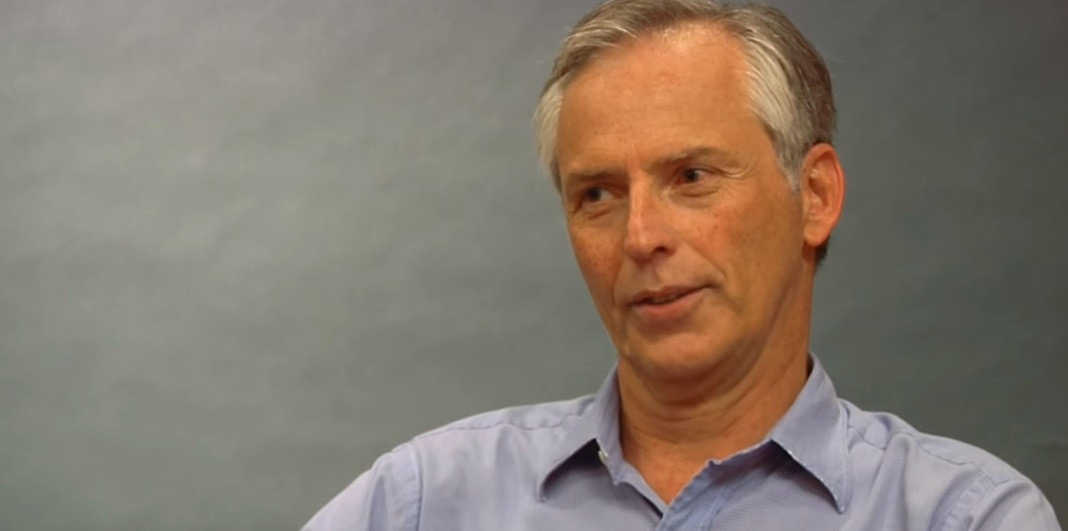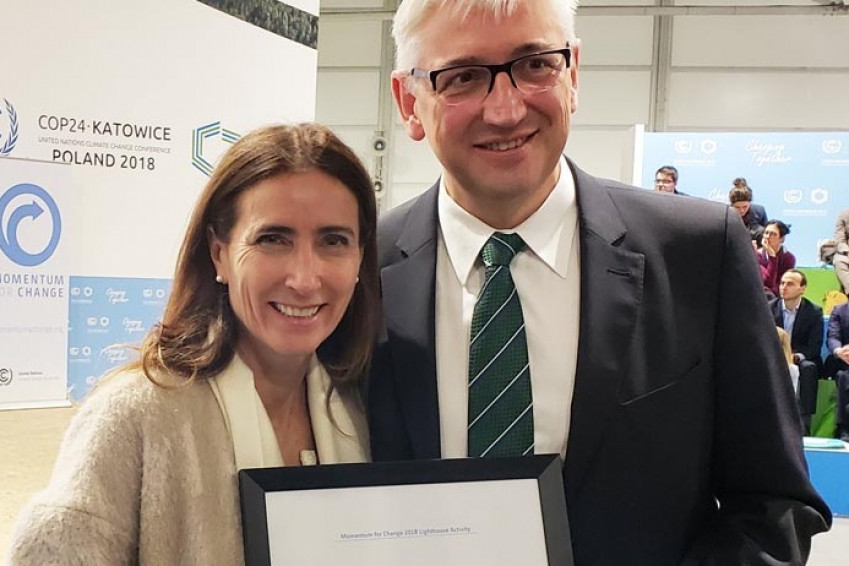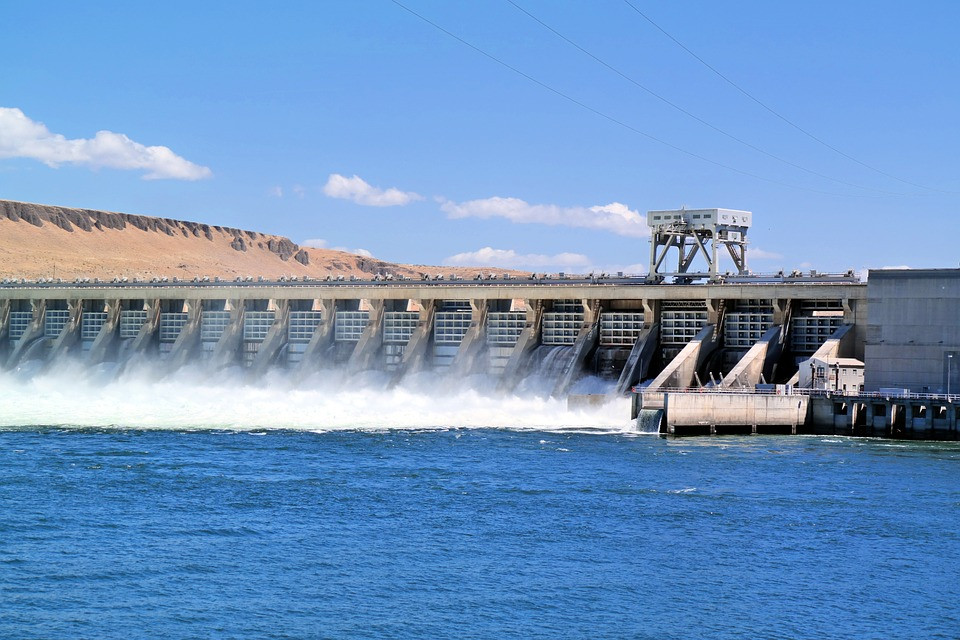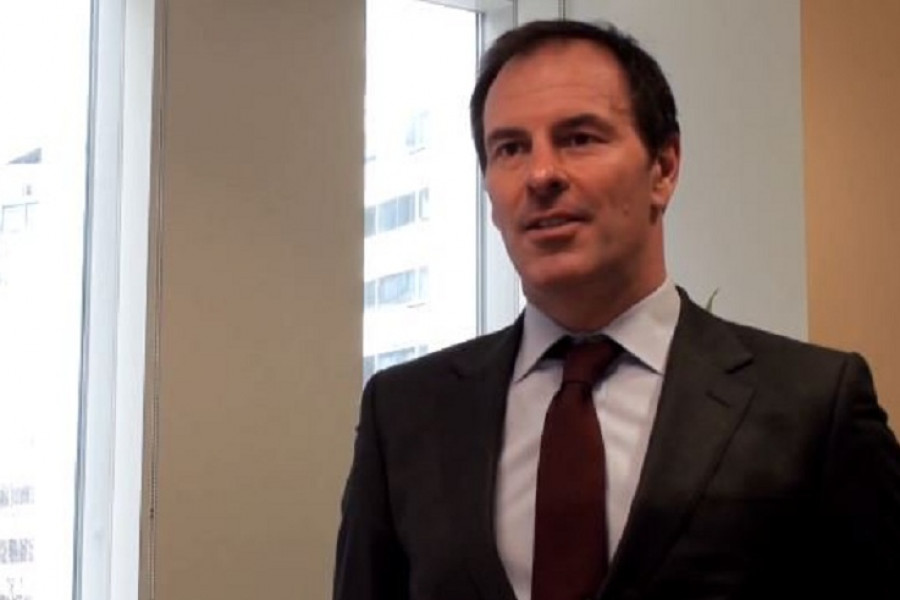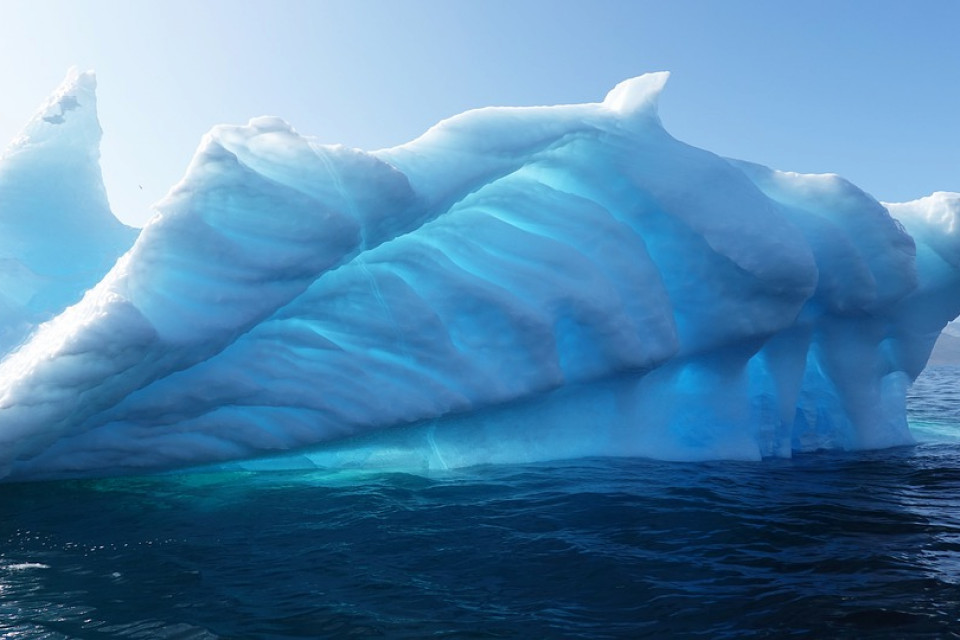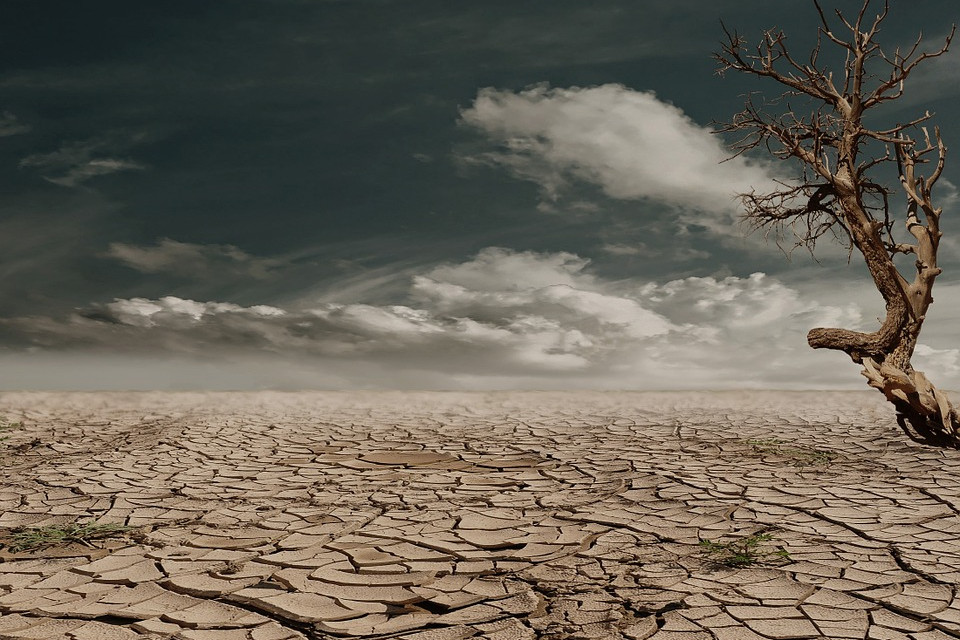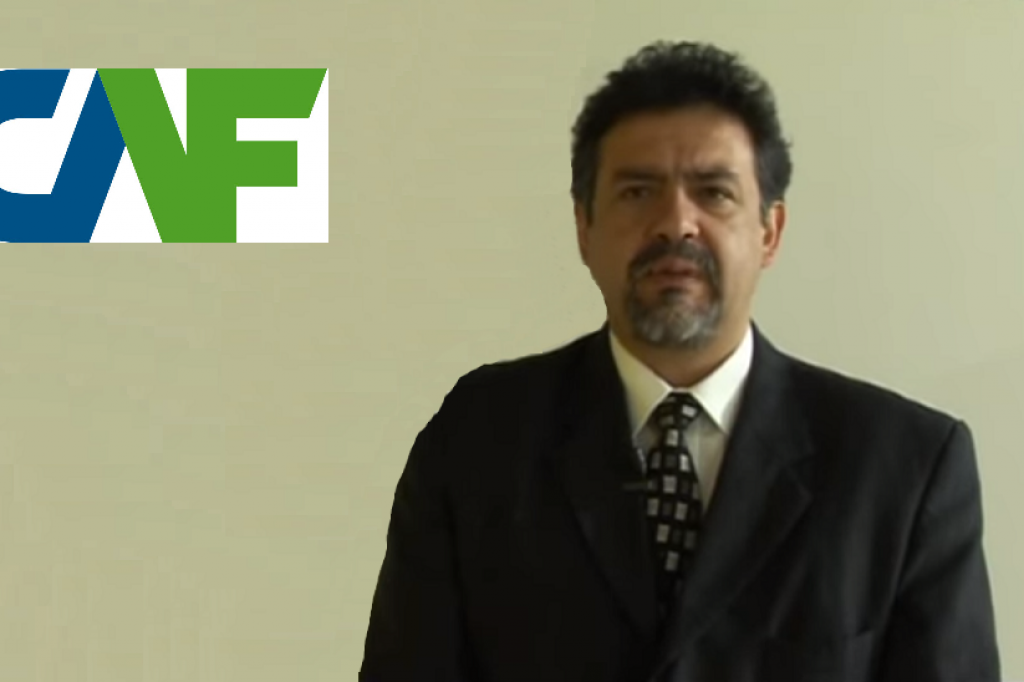Sergio Margulis: “Development is a necessary condition for resilience to climate change”
Carmen P. Flores
"We have only got one planet". This is a phrase coined by Sergio Margulis, considered one of the leading experts in environmental economics in Brazil. Currently, he works as Senior Advisor of the Institute for Sustainability, based in Rio de Janeiro. Multifaceted in environmental issues, he has extensive academic training: Professor Margulis has a Ph.D. in Environmental Economics from the University of London; Masters Degree in Statistics from the Institute of Pure and Applied Mathematics (IMPA) and B.Sc. in Mathematics from the Pontifical Catholic University of Rio de Janeiro.
The professional trajectory includes the Presidency of the State Environmental Agency FEEMA/RJ and 22 years at the World Bank, with emphasis on the coordination of the ‘Study of Economics of Climate Change of Brazil’, grown in collaboration with the British Government. This study was a Bank contribution to the UNFCCC COP on climate change. Before working at the IIS, he was Secretary of Sustainable Development in the Secretariat of Strategic Affairs of the Brazilian Presidential office.
Is climate change a global threat?
Climate change is not just a global threat, it is the most worrisome threat to humanity today. Planet Earth has existed for about 4.5 thousand million years, and life on Earth began 3.7 thousand million years ago, which was only possible due to the unique environmental conditions that still allow us to be here today. The resilience (resistance and adjustment capacity) of the planet to different types of violent impacts is quite considerable, but it has its limits. The concentration of CO2 in the atmosphere, which leads to global warming and climate change, has reached levels never seen for at least 800,000 years. There is no doubt that the cause of this increase is human emissions. Currently, we do not know of any other planet on which we can take refuge...
Scenarios, impacts and vulnerabilities of climate change?
The science of climate change is quite complex. We all know and understand the uncertainties of weather forecasts, because we know that the number of factors that determine the weather -and also the future climate- is huge, so we use fairly complex quantitative models to predict how the climate will change as the CO2 concentration in the atmosphere increases (along with other gases called greenhouse gases, GHG). This obviously depends on future GHG emissions, which in turn depends on how the economy evolves, as well as on technologies. A wide range of future scenarios opens up before us. Nevertheless, there is a complete convergence on the fact that GHG concentrations only tend to increase, the Earth's average temperature will increase and the climate will change.
Are water resources one of the elements most vulnerable to climate change in Latin America?
Water is a fundamental resource for life. The water we have on the planet is part of a great cycle, which begins with the evaporation of water and moisture on Earth, the formation of clouds, rain, runoff in rivers, oceans and other reservoirs and that are eventually used by man. With climate change, rainfall patterns around the world will change, as will water availability. In some places it will rain more, in others less. However, in all places we expect that rain will tend to be much more concentrated and intense. This has implications not only for cities, but also mainly for agriculture and food production.
And what about sanitation?
In poor countries, there is an accumulated sanitation deficit. Not everyone has access to water, and when they do, it is not always of good quality. Most cities do not manage to collect sewage from all their homes, much less manage to treat it before pouring them into bodies of water. Moreover, virtually every city in the world, including those in rich countries, have a hard time coping with quite heavy rains, so floods are common, and much more common in the poorest countries.
What should the sustainable infrastructures be?
Before adapting to the future climate, cities have to deal with the problems already caused by the current climate. This is undoubtedly the biggest concern. Cities and countries that can cope with the current impacts of climatic phenomena can better cope with future climate impacts. Over time, these infrastructures supporting extreme weather events should be resistant to the most intense phenomena, but this will occur later, so that rich countries are already better grown to cope with climate change.
Sustainable cities and climate change, or climate change and sustainable cities?
The fight against climate change in cities is part of a broader context of sustainability, which seeks greater conservation of resources and nature, including global climatic conditions. Urban sustainability issues are those that directly affect us in everyday life, such as air quality, green areas, democratic urban spaces, and so on. The climate issue seems more distant, but it is undoubtedly the most threatening problem for all of us, because it implies quite serious impacts and consequences without any way back...
Do you think that governments have strategies to involve cities in their mitigation objectives?
Without cities, no country in the world can minimize GHG emissions. In addition to being the largest emitters (directly and indirectly), cities influence the country's politics and have much more technical and scientific capacity to address the problem and engage the government with it. In general, central governments live in a world disconnected from local realities, and climate goals in general do not take into account what the cities themselves are thinking or doing, which is a great mistake and missed opportunity.
Is economic development perhaps the greatest hope for adaptation to climate change?
Poor countries will first have to fight against current poverty rather than any other problem. As in our own household budgets, we cannot save for the future until we are able to meet the needs of the present at the very least. In the case of entire countries, it is easier for the richest to plan for the long term than for the poor. Because of this, development is a necessary condition for resilience to climate change. but this does not mean that this development is unsustainable growth at whatever costs. Today we no longer have the option to make a mistake.
Which Latin American countries are more prepared for the coming changes?
In principle, the most developed countries are the richest, but not necessarily. Costa Rica is a country with almost twice the income per capita than Colombia, but it is much more vulnerable to climate change due to its location. Adaptation does not necessarily imply major engineering and construction works: it can also be done through good management of nature's resources. In this way, being rich undoubtedly facilitates adaptation, but even the poor can adapt without incurring untenable costs.
Do you think that public-private collaboration can make an important contribution to infrastructure and water sanitation in Latin America?
This issue does not affect climate change directly, but since adaptation to climate change implies the strengthening of infrastructure, there is a need for investment and good management capacity. Public-private partnerships are obviously an interesting option, and they have an application well beyond the sanitation sector.


